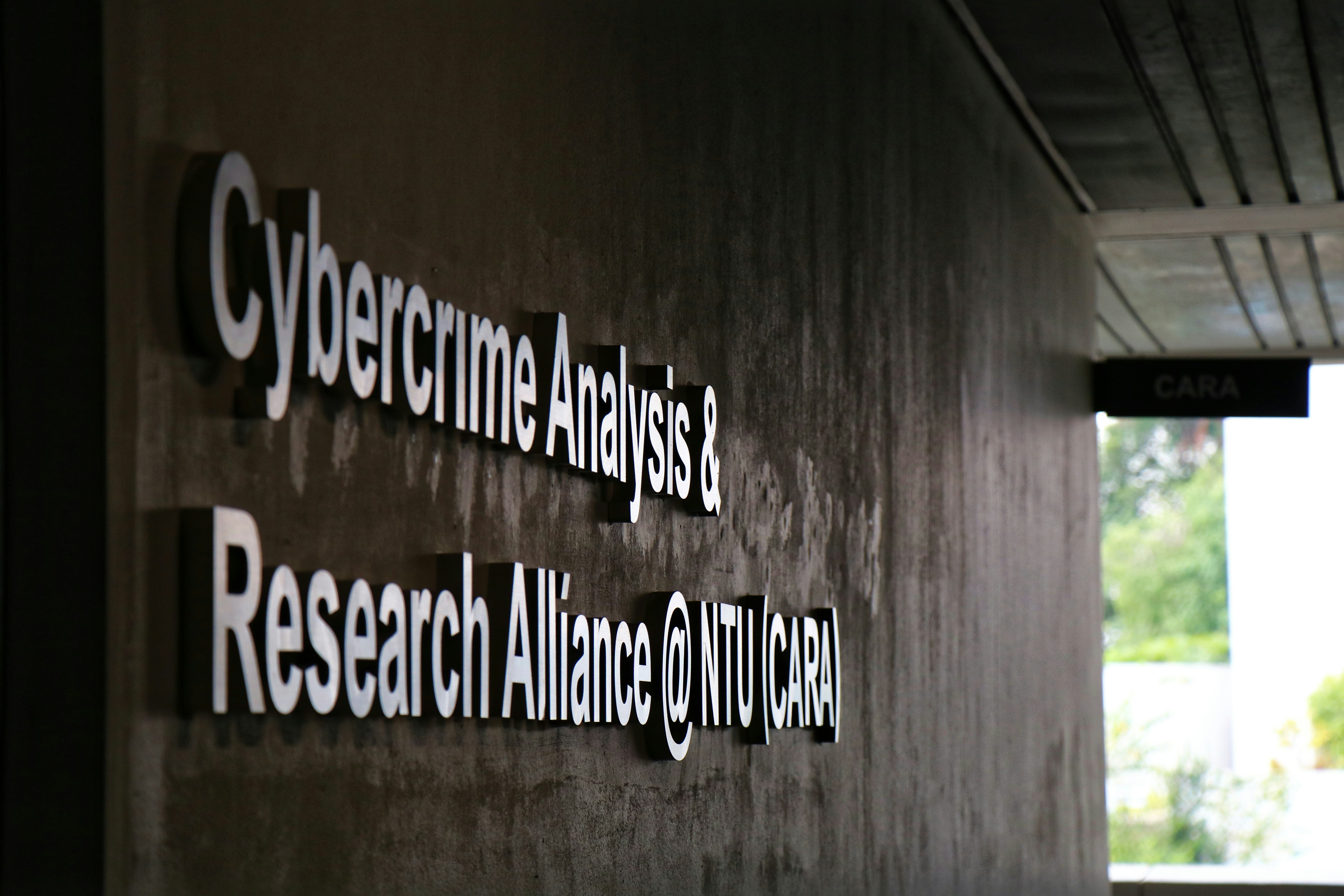
Introduction to Business Email Compromise
Business Email Compromise (BEC) is a sophisticated form of cybercrime that targets businesses and individuals alike, exploiting the vulnerabilities in communication systems to execute deceptive schemes. It primarily involves attackers impersonating a company executive or trusted partner, persuading employees or clients to initiate unauthorized transactions or disclose sensitive information. This growing threat has attained prominence largely due to the increasing reliance on digital communications and online transactions, which have opened up new avenues for fraudsters.
Statistics reveal a staggering rise in BEC incidents. According to the Federal Bureau of Investigation (FBI), losses attributed to BEC-related scams surged to over $1.8 billion in recent years. The perpetrators of these attacks employ various techniques to increase their success rate, which includes email spoofing—whereby emails are made to appear as if they originate from legitimate sources. The typical targets of these schemes range from small businesses to large corporations, non-profit organizations, and even government agencies, indicating that no entity is immune to the threat of BEC.
The appeal of BEC to cybercriminals lies in its high return on investment; rather than relying on volume for success, BEC schemes generally target a select group of individuals or transactions, seeking to exploit specific vulnerabilities. By leveraging social engineering tactics, attackers work to create a sense of urgency or legitimacy, thus increasing the likelihood of compliance from the targeted victim.
This section sets the stage for understanding the intricate mechanics of BEC attacks, the methodologies employed by perpetrators, and the broader implications of such cybercrime exposure in today’s interconnected world. As organizations continue to navigate the challenges posed by BEC threats, implementing effective safeguards, such as a Transactions Anomaly Watch (TAW), can significantly enhance their defenses against these insidious schemes.
The BEC Attack Flow
The flow of a Business Email Compromise (BEC) attack can be delineated into several critical stages that highlight the systematic approach taken by cybercriminals. Initially, the attackers engage in a reconnaissance phase where they identify potential targets within an organization. This involves extensive research on the company’s structure, employee roles, and existing email communications to pinpoint individuals who are likely to facilitate financial transactions or sensitive data transfers.
Following this identification, the scammers proceed to gather relevant information through various means, which may include social engineering techniques or even exploiting publicly available resources such as social media profiles. Email spoofing is a common tactic at this stage, allowing attackers to impersonate trusted contacts within the organization. This facilitates the next crucial phase: the establishment of credibility. By crafting seemingly legitimate emails that appear to come from known sources, scammers manipulate recipients into trusting their requests, significantly increasing the likelihood of their success.
Once the groundwork is laid, the execution phase begins. The attackers prompt their targets to engage in fraudulent transactions or share sensitive information, often by manipulating urgency or fear. This manipulation can lead to the execution of invoice fraud, where an employee unwittingly processes a fake invoice, resulting in financial loss for the organization. It is imperative for businesses to understand these phases in order to fortify their defenses against potential attacks. Implementing robust safeguards such as a Transaction Anomaly Watch (TAW) system can alert organizations to suspicious activities. This comprehensive understanding of the BEC attack flow helps organizations to identify points of vulnerability and develop countermeasures to mitigate cybercrime exposure effectively.
Understanding Email Spoofing
Email spoofing is a prevalent technique used in business email compromise (BEC) attacks, where scammers disguise malicious emails to appear as though they are from legitimate sources. This deceptive practice is crucial for fraudsters seeking to manipulate recipients into making unauthorized transactions or disclosing sensitive information. Spoofed emails exploit the inherent trust that users place in familiar email addresses, leading to increased cybercrime exposure and financial losses for individuals and organizations alike.
At its core, email spoofing involves falsifying the sender’s information in the email header, making it challenging for recipients to discern the genuineness of the message. A typical email header includes details such as the ‘From’ address, ‘Reply-To’ address, and the routing path taken by the email. In a successful spoofing attempt, these fields are altered, so that the email appears to originate from a trusted contact or organization. For instance, scammers often utilize email addresses very similar to legitimate ones—like substituting a letter or using different domain extensions—that can easily go unnoticed by less vigilant employees.
There are several common signs indicating that an email may not be from the stated sender. It is important to be cautious if an email contains vague or urgent language urging immediate action, as scammers often use fear tactics to manipulate recipients. Furthermore, inconsistencies in the email address, grammar errors, and unexpected attachments or links can be red flags. It is advisable for individuals and organizations to implement a transactions anomaly watch (TAW) approach to detect and respond promptly to unusual financial requests or behaviors that deviate from standard practices. This vigilance plays an essential role in combative measures against invoice fraud and other forms of cybercrime facilitated by email spoofing.
The Role of Social Engineering
Social engineering plays a pivotal role in business email compromise (BEC) attacks, serving as the psychological backbone that enables cybercriminals to manipulate employees into unwittingly facilitating fraud. This deceitful practice hinges on understanding human behavior and exploiting inherent vulnerabilities, ultimately resulting in unauthorized transactions or the disclosure of sensitive information. Scammers deploy various tactics, including impersonation, urgency, and authority, to create a compelling narrative that drives their targets into compliance.
One commonly utilized tactic is impersonation, where attackers pose as trusted figures within an organization — such as executives or department heads. By leveraging information gleaned from public sources or prior data breaches, they craft convincing emails that appear legitimate. When an employee receives a message urging immediate action, they may become inclined to bypass standard verification procedures, unwittingly contributing to invoice fraud or facilitating unauthorized fund transfers.
Moreover, the element of urgency plays a crucial role in these attacks. Scammers often create a false sense of immediacy, suggesting that failure to act promptly could lead to dire consequences for the organization. This psychological pressure coerces employees into making hasty decisions, such as carrying out financial transactions without proper checks, thereby heightening the risk of cybercrime exposure.
Appeals to authority are also prominent in social engineering tactics. By positioning themselves as higher-ups or influential stakeholders in the company, attackers exploit the natural tendency of employees to obey directives from authority figures. As a result, legitimate processes for verifying requests are often overlooked, increasing the likelihood of a transaction anomaly watch among the company’s security protocols.
In conclusion, social engineering is a sophisticated blend of psychology and strategy that bolsters the effectiveness of BEC attacks. By understanding the nuances of these manipulative practices, organizations can better prepare their employees and establish safeguards against the pervasive threat of invoice fraud and other forms of cybercrime.
Common Scenarios of Invoice Fraud
Invoice fraud remains a significant threat for businesses across various sectors, due to its capacity to exploit standard operational procedures. A common scenario involves attackers posing as legitimate vendors and sending fraudulent invoices via email spoofing. In this situation, the cybercriminal carefully studies the communication style of the target company’s vendor and mimics it to create an authentic-looking invoice. This tactic is particularly dangerous because it undermines the usual verification processes, thereby accelerating the bec attack flow.
Another prevalent scenario occurs when scammers leverage the concept of cybercrime exposure. In these attacks, they gain access to email accounts of a finance department employee, sometimes through phishing attempts. Once inside, they can scrutinize ongoing transactions and identify patterns, allowing them to manipulate the workflow. The attackers may then send what appears to be a legitimate payment request for a service that is either non-existent or was already settled. Establishing themselves within the ongoing invoicing discussions enables perpetrators to maintain credibility, making their fraudulent requests stand out less and be more likely processed.
Businesses in sectors such as construction, information technology, and healthcare are often prime targets for invoice fraud. This is primarily because these sectors frequently engage in high-value transactions and often maintain multiple supplier relationships. Consequently, these businesses, without robust transaction anomaly watch systems, can become easy prey for scammers who exploit innocuous accounting practices. The impact of such fraud can be devastating, leading to significant financial losses and strained relationships with genuine suppliers.
In conclusion, understanding the scenarios where invoice fraud commonly occurs is crucial for businesses aiming to protect themselves. By recognizing these patterns and establishing proper verification techniques, companies can mitigate the risks associated with business email compromise attacks and safeguard their financial integrity.
Case Studies of Actual BEC Attacks
Business email compromise (BEC) attacks have become a prevalent form of cybercrime that can lead to significant financial losses for organizations of all sizes. One prominent case involved a global technology firm that fell victim to an email spoofing scheme, which exploited the company’s legitimate supplier’s email identity. The attackers devised a meticulously crafted message instructing the finance department to wire a substantial sum to a foreign bank account. Despite the finance team’s diligence in checking for discrepancies, they unwittingly processed the transaction, resulting in a loss exceeding $1 million. This incident highlights the critical need for vigilance and the use of transaction anomaly watch (TAW) systems that can help identify irregular activity promptly.
Another notable BEC case involved a well-known healthcare organization. In this instance, the attackers impersonated a high-ranking executive and contacted the payroll department requesting a change in direct deposit information for several employees. The department acted without verifying the request through any additional channels, leading to unauthorized changes that allowed criminals to siphon thousands of dollars from employee salaries. This attack not only caused financial damage but also undermined employee trust in the organization. A thorough review revealed the necessity for improved protocols around email verification and internal communication processes to combat future cybercrime exposure.
These case studies exemplify the risks associated with BEC attacks and underscore the importance of adopting comprehensive strategies to mitigate such threats. Organizations are encouraged to invest in cybersecurity training for employees to recognize potential scams and to utilize advanced security measures to detect invoice fraud. Strengthening communication protocols and adopting multi-factor authentication can significantly decrease vulnerability to BEC attacks and ensure a more secure operational environment.
Preventative Measures and Best Practices
As business email compromise (BEC) attacks continue to escalate, it is imperative for organizations to adopt proactive measures that can significantly reduce their exposure to cybercrime. One of the foremost strategies is enhancing staff training, as human error remains a primary vulnerability. Regular training sessions should educate employees about the risks associated with email spoofing and how to recognize suspicious communications. Workers need to be familiar with common tactics employed by cybercriminals, such as phishing attempts and social engineering, which often lead to invoice fraud.
In addition to training, implementing robust email security protocols is essential. Organizations should utilize advanced email filtering solutions that can identify and block malicious content before it reaches end-users. These solutions should have capabilities to detect anomalies, such as unexpected changes in correspondence patterns, to aid in spotting potential BEC attack flows. Establishing strict guidelines for verifying any transaction requests—especially those involving wire transfers or sensitive information—can drastically reduce the chances of falling victim to scams. Additionally, reinforcing the importance of scrutinizing email addresses and attachments can help in differentiating between legitimate business communications and potential threats.
Moreover, two-factor authentication (2FA) is a critical component in safeguarding email accounts from unauthorized access. By requiring a second form of verification—such as a code sent to a mobile device or an authentication app—organizations can add an extra layer of security against BEC attacks. This measure is especially vital in preventing unauthorized access to accounts that may become targets for cybercriminals seeking to manipulate transaction processes.
By integrating these best practices into their daily operations, businesses can effectively mitigate their cybercrime exposure and safeguard critical assets against BEC attacks. Prioritizing continuous training and security enhancements lays a robust foundation for a secure work environment.
How Technology Aids in Detection and Prevention
In the digital landscape, where cyber threats loom ever larger, organizations must employ robust technological measures to counter the growing incidence of Business Email Compromise (BEC) attacks. Leveraging advancements in artificial intelligence (AI) and machine learning, companies can significantly enhance their defenses against email spoofing and related cybercriminal tactics. These technologies play a critical role in recognizing anomalous email patterns and flagging potential threats before they reach end-users.
AI-driven algorithms analyze historical email data to identify deviations from normal communication behavior. By understanding typical patterns of interactions, such as frequency, language, and sender characteristics, these systems can detect irregularities that may indicate a BEC attack. For instance, if an employee typically communicates with a specific vendor using a specific email address, a message from a slightly altered address requesting sensitive financial information can be swiftly identified as suspicious. This kind of preemptive detection is essential in mitigating the risks associated with invoice fraud and other cybercrime exposure related to BEC.
Additionally, organizations can implement advanced tools like Transaction Anomaly Watch (TAW) systems, which monitor transaction behaviors to catch anomalies that may suggest fraud. TAW systems use machine learning to establish a baseline of normal transaction activity, enabling them to spot outliers that could signify an ongoing attack. These tools not only enhance detection capabilities but also improve response times, allowing organizations to act quickly to mitigate potential threats.
Furthermore, educating employees about the signs of BEC attacks remains crucial. Training programs should be integrated into the organizational culture to raise awareness of the techniques used by cybercriminals, helping everyone recognize the risk associated with unexpected requests for financial transactions. By combining technology with employee training, organizations can create a comprehensive approach to combating email spoofing and BEC attacks effectively.
How Taw Helps Businesses Stay Ahead
In an era where cybercrime exposure is on the rise, it becomes imperative for organizations to adopt proactive measures against threats such as business email compromise (BEC) attacks. Taw offers an array of services aimed at fortifying business defenses against various forms of invoice fraud, with a specific focus on mitigating the risks associated with email spoofing.
Taw’s approach is holistic, incorporating a spectrum of resources that empower businesses to identify, assess, and address potential vulnerabilities. One of the key components of this strategy is comprehensive risk assessments. By analyzing transactions anomaly watch (TAW) data, Taw helps businesses pinpoint areas of weakness that may make them susceptible to BEC attacks. This proactive stance ensures that organizations are not merely reacting to incidents but are equipped with the insight needed to prevent them.
Furthermore, training programs are integral to Taw’s offerings. Employees are often the first line of defense against cyber threats, and ensuring they are well-versed in identifying phishing attempts and the nuances of email spoofing can dramatically reduce the chances of a successful BEC attack. Taw conducts regular workshops and simulations, helping staff to recognize and report suspicious activities effectively.
In the unfortunate event of a security breach, Taw provides robust incident response strategies to counteract the repercussions of cyberattacks. This includes immediate containment measures, forensic analysis to understand the breach extent, and guidance on steps to mitigate future risks. Such support not only aids in crisis management but also reinforces the resilience of business operations against future threats.
Ultimately, Taw stands out as a vital partner for businesses aiming to enhance their cybersecurity posture. By integrating training, risk assessment, and effective incident response measures, Taw equips organizations with the tools necessary to stay ahead in the ongoing battle against BEC attacks and other cyber threats.


